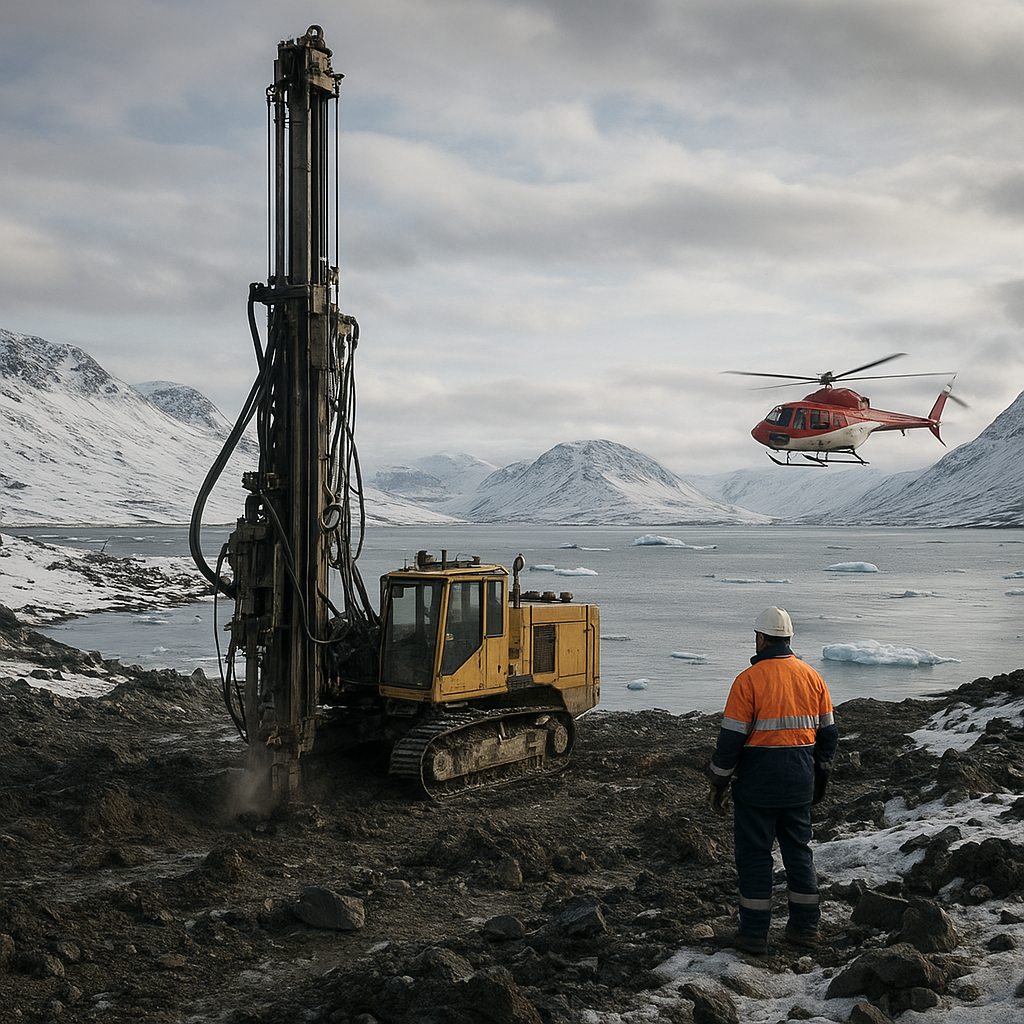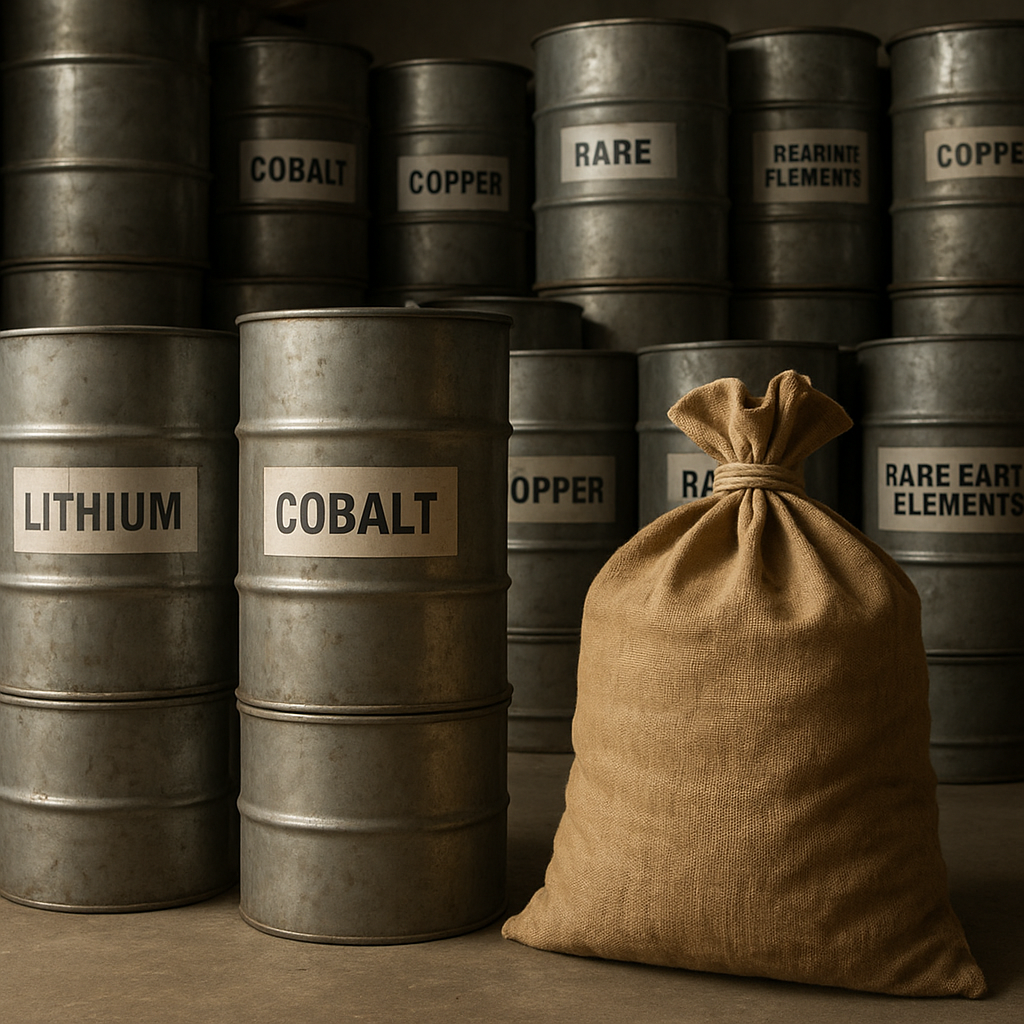The extraction of rare metals has become a critical component of modern technology, but it also poses significant challenges, particularly for indigenous communities living near mining sites. These communities often face environmental degradation, social disruption, and economic challenges as a result of mining activities. This article explores the multifaceted impacts of rare metal mining on indigenous communities, examining environmental, social, and economic dimensions.
Environmental Impacts of Rare Metal Mining
Rare metal mining often leads to severe environmental consequences, which disproportionately affect indigenous communities. The extraction process typically involves the removal of large amounts of earth, leading to deforestation and habitat destruction. This not only disrupts local ecosystems but also threatens the biodiversity that indigenous communities rely on for their traditional ways of life.
Moreover, the use of toxic chemicals in the mining process can lead to water contamination. Indigenous communities, who often depend on local water sources for drinking, fishing, and agriculture, are particularly vulnerable to such pollution. Contaminated water can lead to health problems, including skin diseases, respiratory issues, and other long-term health effects. The loss of clean water sources also forces communities to travel further for water, disrupting daily life and traditional practices.
Air pollution is another significant concern. Dust and emissions from mining operations can degrade air quality, leading to respiratory problems among local populations. The noise pollution from machinery and transportation further disrupts the peace and tranquility of indigenous lands, affecting both humans and wildlife.
Social and Cultural Impacts
The social and cultural impacts of rare metal mining on indigenous communities are profound. Mining operations often lead to the displacement of communities, as land is cleared for extraction activities. This displacement not only disrupts the social fabric of communities but also severs their connection to ancestral lands, which hold cultural and spiritual significance.
Furthermore, the influx of workers and outsiders into mining areas can lead to cultural erosion. Traditional practices and languages may be lost as younger generations are influenced by external cultures. The presence of non-indigenous workers can also lead to social tensions and conflicts, as differing values and lifestyles clash.
Additionally, the promise of economic benefits from mining often fails to materialize for indigenous communities. While mining companies may offer jobs, these are often low-paying and do not provide long-term economic stability. The wealth generated from mining rarely trickles down to local communities, leading to economic disparities and social unrest.
Economic Impacts and Opportunities
While rare metal mining can bring economic opportunities, these are often accompanied by significant challenges for indigenous communities. The promise of job creation and infrastructure development is frequently overshadowed by the negative economic impacts of environmental degradation and social disruption.
One of the primary economic challenges is the loss of traditional livelihoods. Many indigenous communities rely on agriculture, fishing, and hunting, all of which can be severely impacted by mining activities. The destruction of natural resources and contamination of land and water can make it difficult for communities to sustain these traditional practices, leading to economic hardship.
However, there are opportunities for indigenous communities to benefit economically from mining, provided that they are given a voice in the decision-making process. Collaborative agreements between mining companies and indigenous groups can lead to more equitable distribution of benefits. These agreements can include provisions for job training, education, and investment in community infrastructure.
Moreover, some communities have successfully negotiated for a share of the profits from mining operations, which can be used to fund community development projects. By asserting their rights and engaging in negotiations, indigenous communities can work towards ensuring that mining activities contribute positively to their economic well-being.
In conclusion, while rare metal mining presents significant challenges for indigenous communities, it also offers opportunities for economic development. By addressing environmental, social, and economic impacts through collaborative approaches, it is possible to mitigate the negative effects of mining and promote sustainable development for indigenous peoples.












